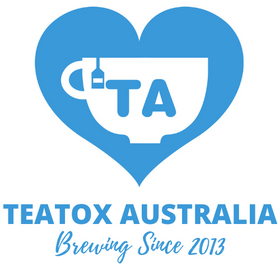
It is estimated that more than 50 million people worldwide suffer from Diabetes or Prediabetes, which is a condition that may progress to the full onset of Diabetes if left uncontrolled. Essentially, people with Diabetes type I and II are advised by their doctors to eat foods that have a low Glycemic Index (GI). GI, in brief, is a measure of the impact of a food containing carbs to the rise of blood glucose in the system. Therefore, a low GI food indicates that the impact is minimal and blood glucose isn’t raised as much after its consumption, whereas a higher GI food indicates that there more likely to raise blood sugar in the system, as a result of their carb containing effect.
So what are some good low GI foods you can eat on a regular basis along with your protein, fats, and fiber to control your blood sugar levels? Here is a list:
- Whole Wheat and especially stone-ground flours and their byproducts
- Oats (rolled oats)
- Whole wheat pasta, barley, brown rice
- Sweet potatoes, yams, parsnips
- Lima beans, green peas, broad beans and lentils
- Majority of fruits except for banana, pineapple, melon, and watermelon.
- Water, herbal tea unsweetened, and vegetable juices
There also some factors that can make the same food e.g pasta, rice or fruit get a higher GI score. The more cooked or processed a food is, the higher its GI will be. For example, brown rice will have a lower GI as opposed to processed and overly cooked white rice. The ripeness of the fruit also affects its GI score--a peach for example that is riper will be sweeter and thus have a higher GI score as opposed to an unripened one.
In regards to specific eating portions, there are no general guidelines but doctors advise we should control our portions and combine ideally foods with a low Glycemic Index. Also, in case of eating a food that has a high GI, we should better combine it with other foods that have a lower GI, to counteract its blood sugar spiking effect in our systems.
In general, foods that are rich in protein, fat, and fibers and low in carbs tend to lower GI in a combined food meal, whereas starchy foods e.g potatoes, white pasta will raise it. Be careful with processed meal and drinks as they are often loaded with hidden carbs and sugars--go for meals and drinks that you can do yourself without the addition of sugars and carbs.
Note: Some foods with low G.I have minimal nutritional value as opposed to high GI foods. The key here is striking a balance to get the nutrients that you need without raising your blood sugar much. A ratio of eating 60-70% low GI foods and 30% medium or high GI foods is recommended for this purpose.

